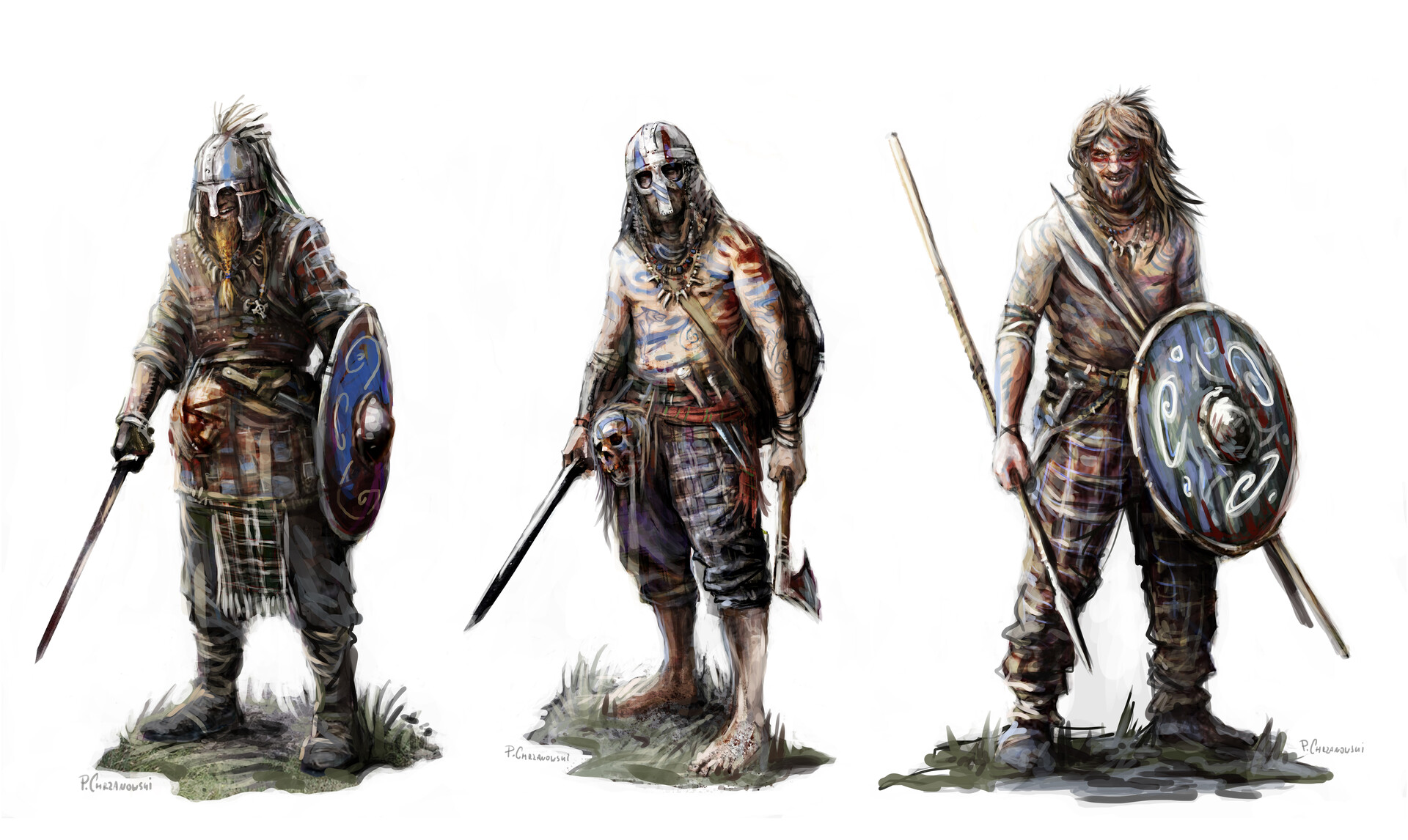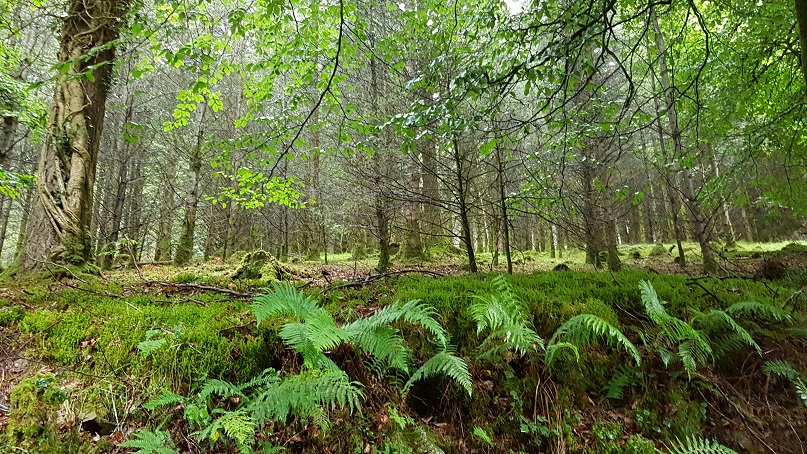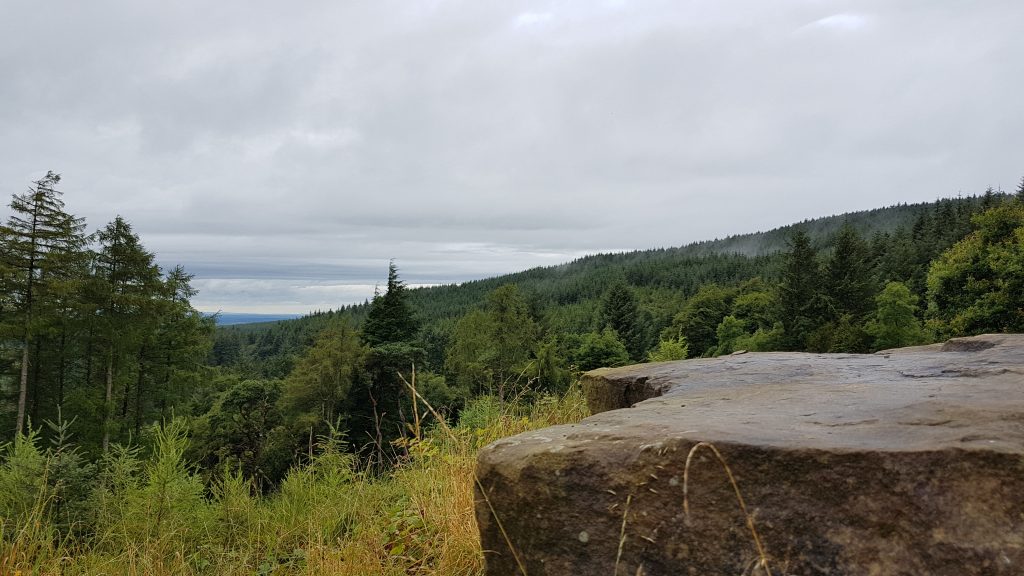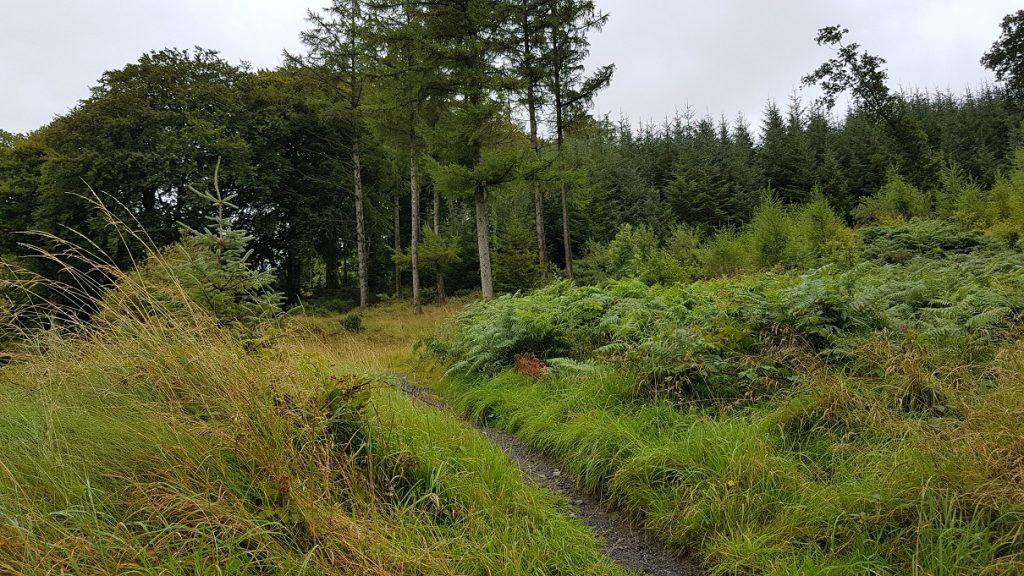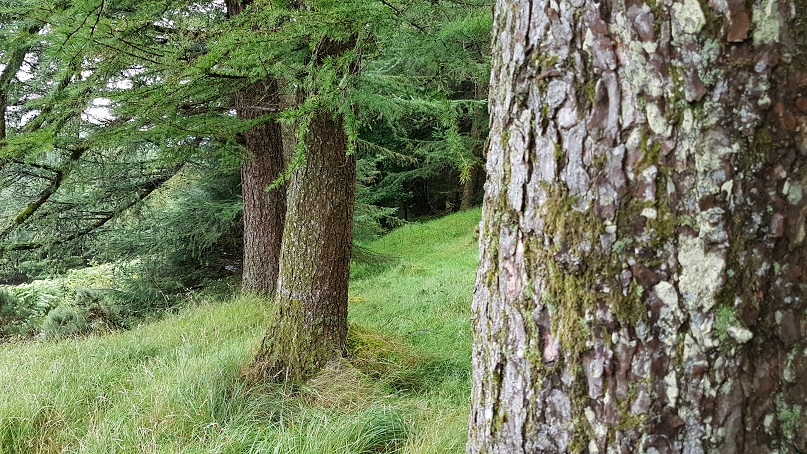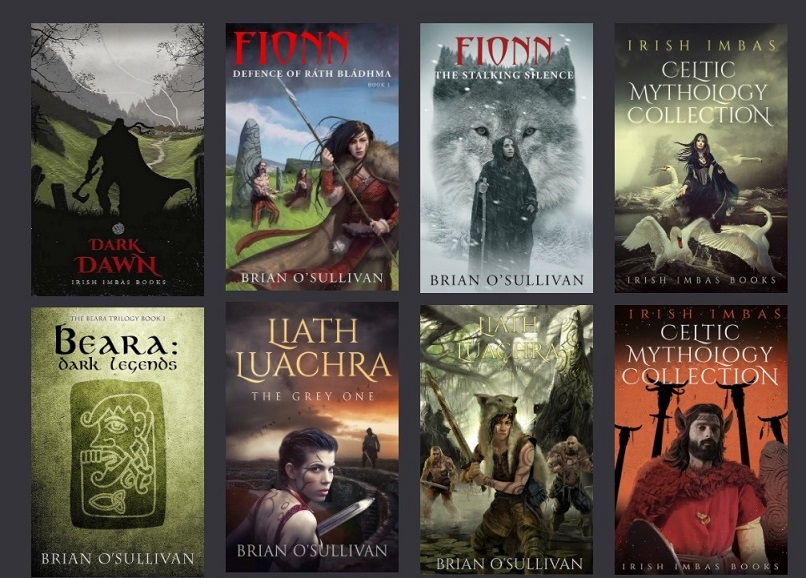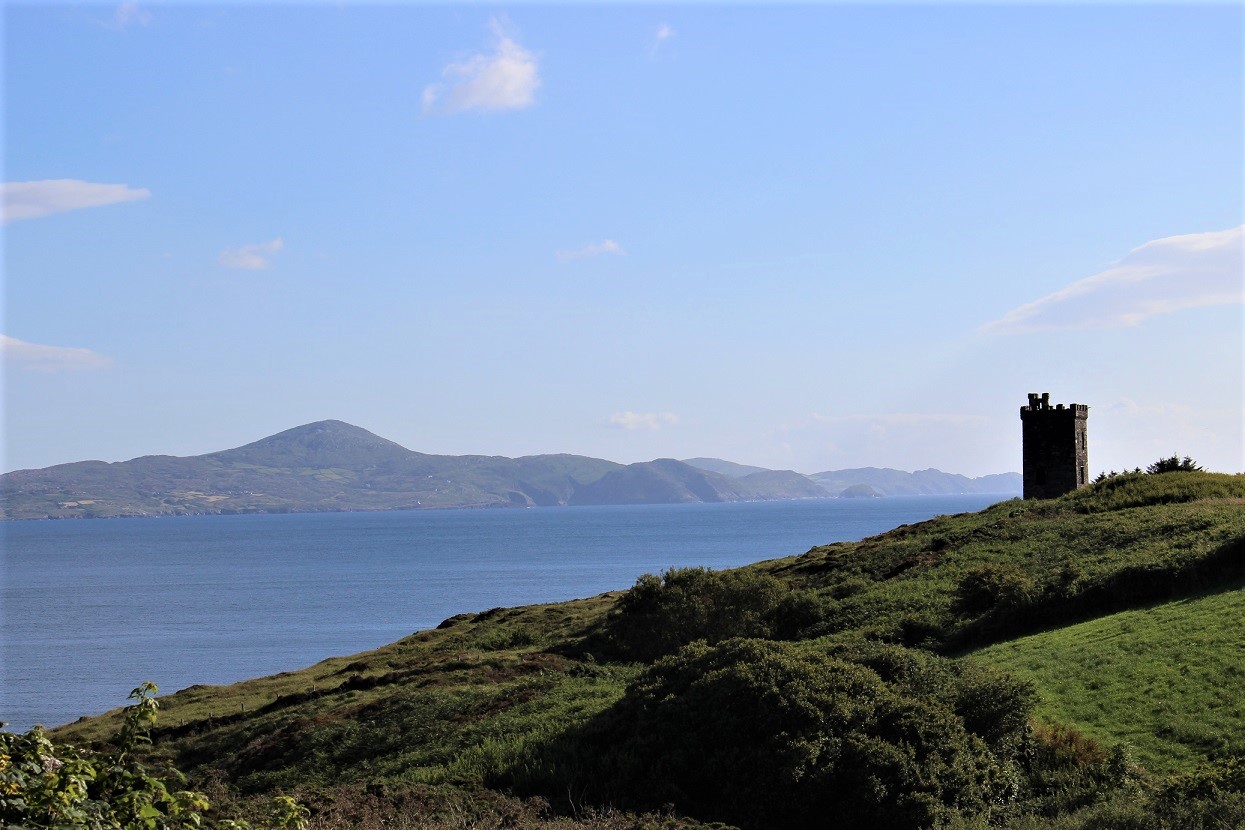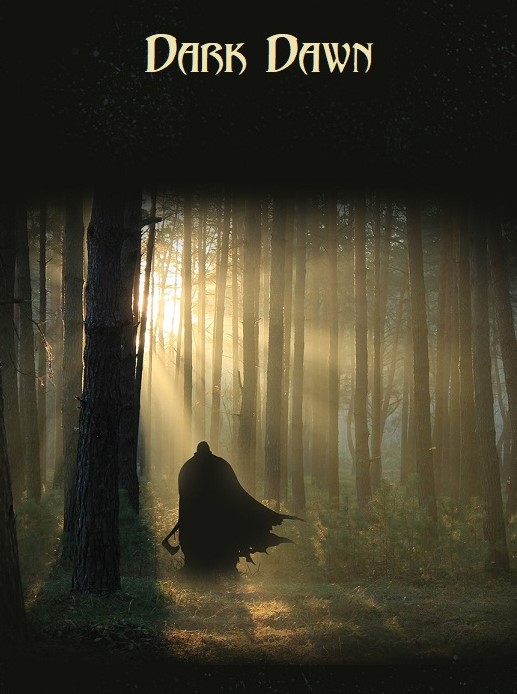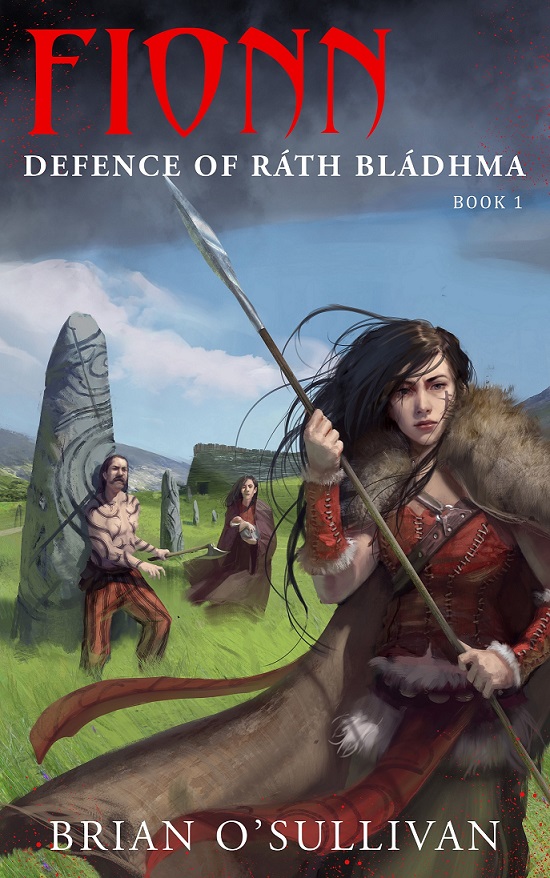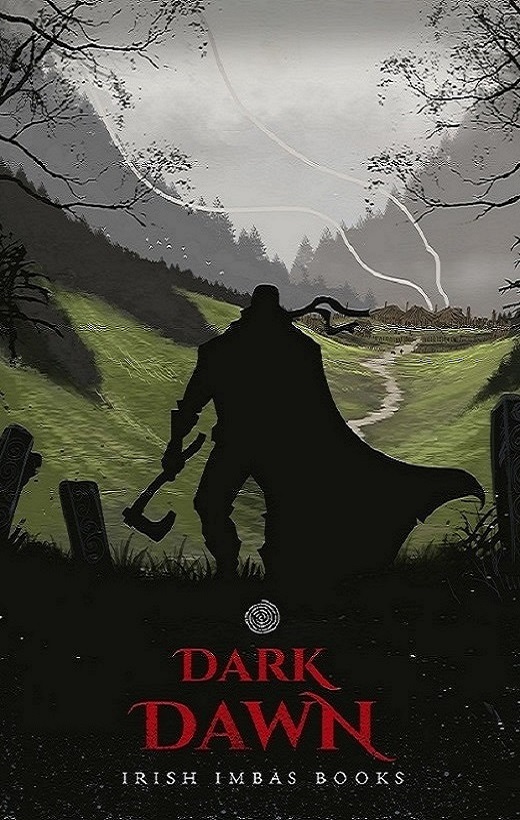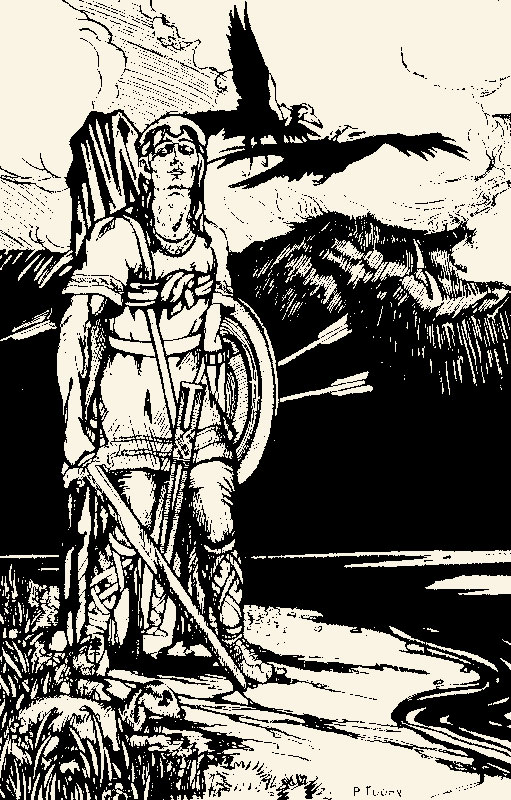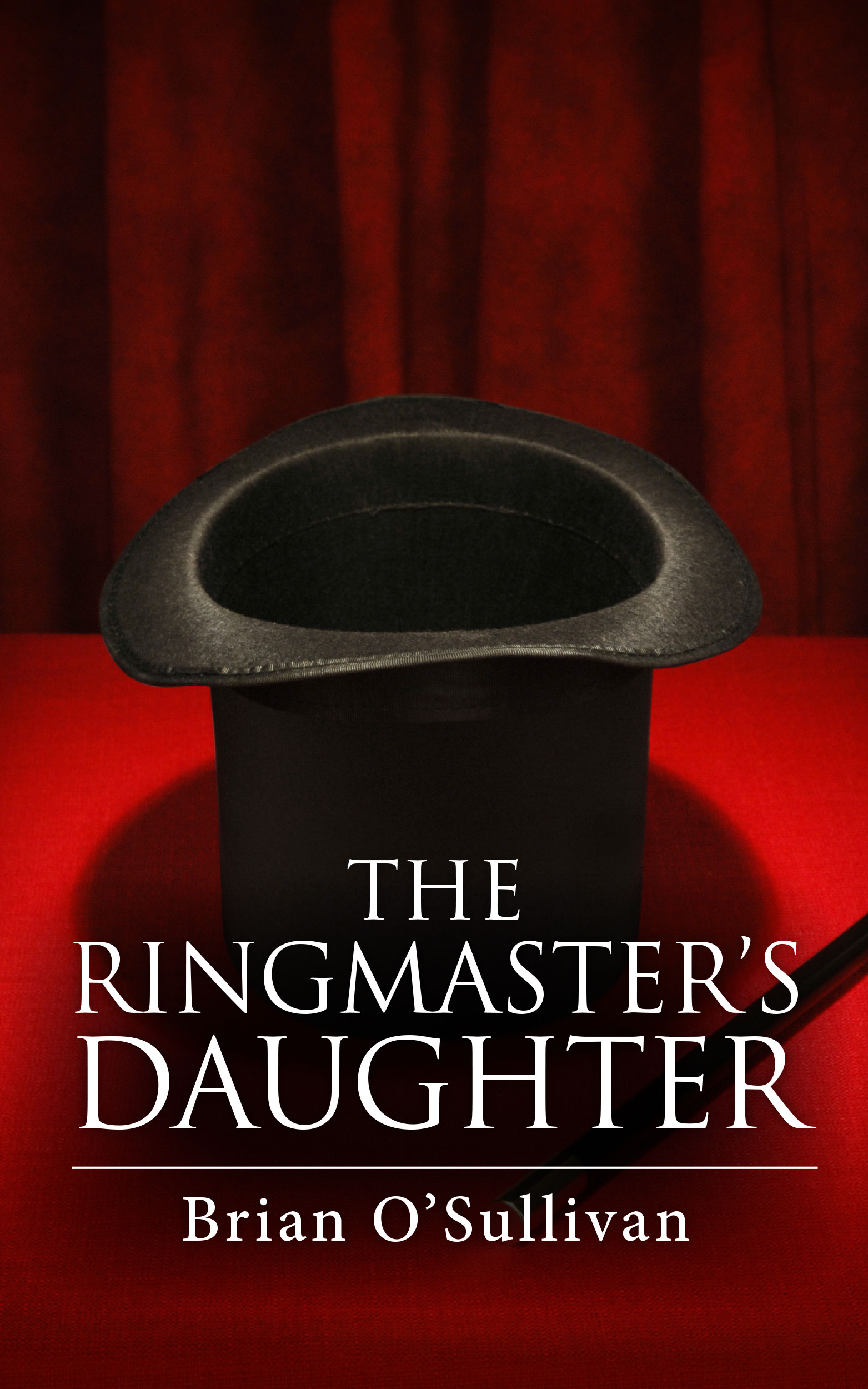
Dahl is a young, attractive, and very mysterious Hungarian woman from the short story ‘The Ring Master’s Daughter’.
When I first wrote this tale some twenty years ago, I was originally trying to create a situation involving a dialogue between two strangers, where you could never be entirely sure whether anything that was said was true. Over the course of the story, therefore, when the protagonist (a young Irishwoman called Kathy) first encounters Dahl, she shifts from scepticism to wonder and then back again, never entirely sure whether the Hungarian girl is what she claims to be – or, indeed, if she’s even Hungarian!
To create the level of surreal uncertainty needed to make this story work, I set it in the seaside town of Hove but supported the technique of ‘unreliable narrator’ with ‘unreliable environment’ – in this case a mist that obscures the town, temporarily removing the normal physical features that offer a contemporary societal context. The surreal circumstance is then further confounded by Dahl spinning one outrageous story after another – to the point where you have to believe she’s lying.
Unless she’s not.
Dahl is a great character to write as you can honestly make anything come out of her mouth sound plausible. I liked her so much, in fact, that I used her as the template for a character in Beara Dark Legends – another mysterious woman but with a far more developed personality. I’m hoping to write another short story with Dahl at some point when time allows.


